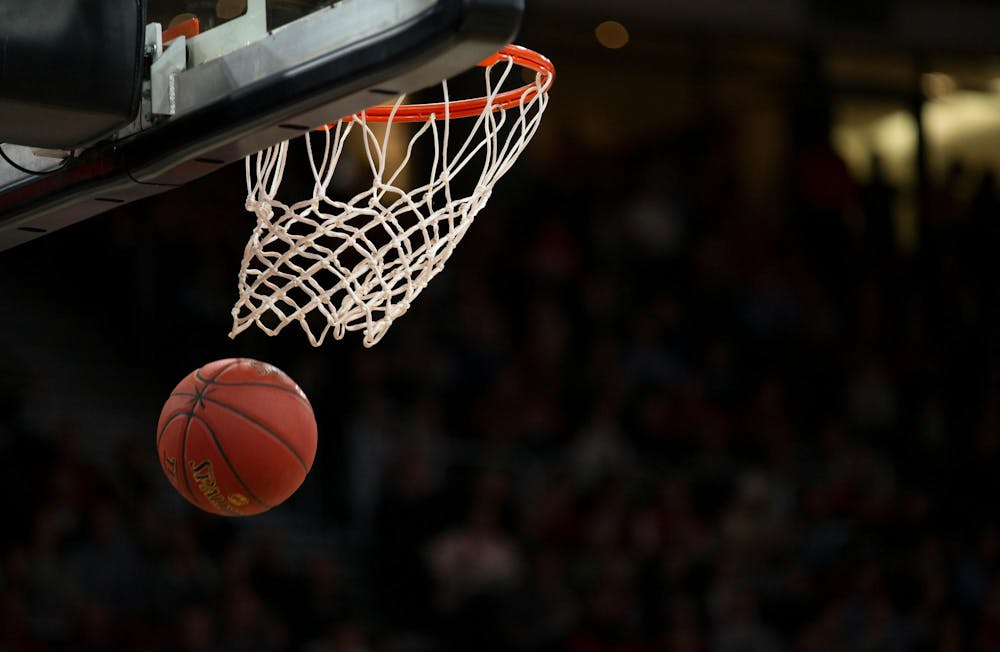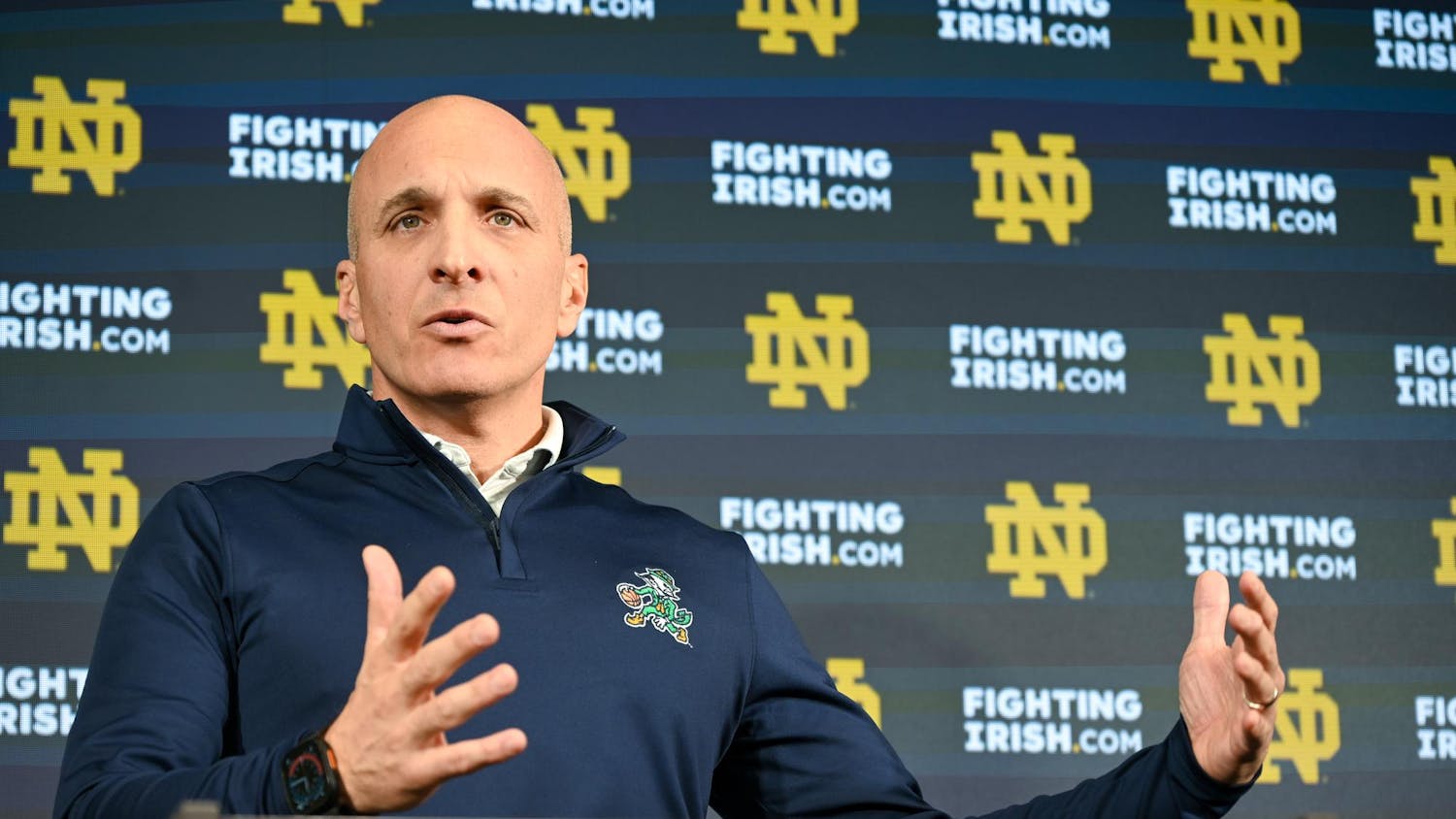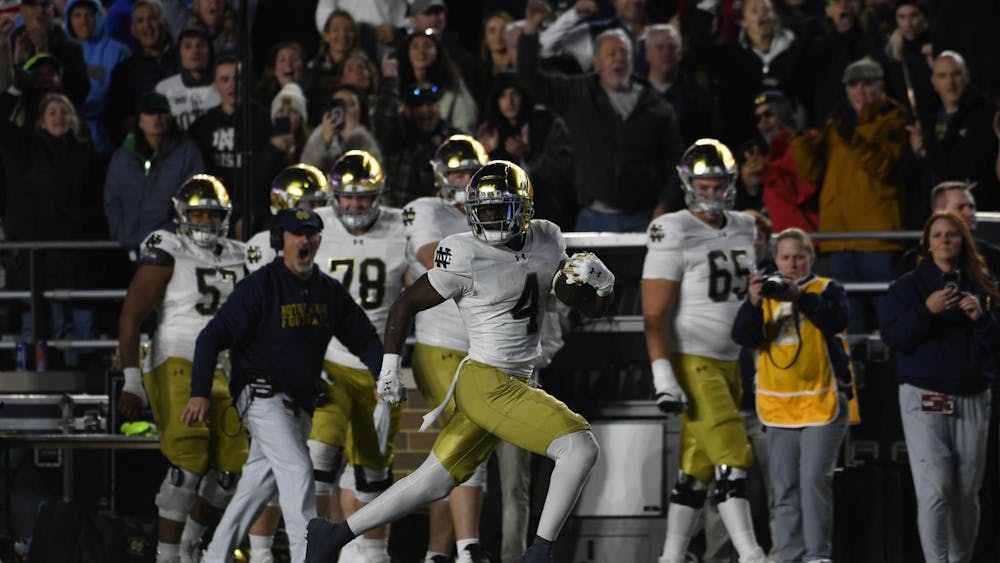All 30 NBA teams entered this season with the confidence and swagger of a playoff, if not championship, contender. After rigorous training and roster reconstruction in the off-season, this will be the year they finally put it all together on the court.
For some teams, losses begin to pile up and confidence wanes. They find themselves several games under .500 and rumors of potential firings and trades begin to swirl. After they hit a breaking point, like a particularly bad loss against the Detroit Pistons, the front office waves the white flag and ships off its veteran assets for draft equity, the fate of their franchise now lying in a lucky bounce from a smattering of ping pong balls.
The value of draft picks in the NBA is at an all-time high, with more teams than ever attempting to build through the draft with hopes of selecting the next top prospect like LeBron James or finding a diamond in the rough like Nikola Jokic.
Despite this paradigm shift in team building, most of the great rookie seasons in NBA history come from the 20th century. In the 1960s, Wes Unseld and Wilt Chamberlain both won MVP as rookies. Over the next three decades, 27 rookies made the All-Star Game. However, only two rookies have accomplished the same feat in the 21st century: Yao Ming, with a massive Chinese fan vote, and Blake Griffin, who missed his first year after breaking his left knee. The last rookie to make an All-NBA team goes back even further to 1998 with Tim Duncan.
Though this would seemingly indicate that modern rookies simply are not as talented, this narrative grows more complicated when considering their age.
Up until the middle of the 1990s, the average age of top-10 draft picks was consistently 22 or older. As players like Chris Webber left college earlier or bypassed it entirely like Kevin Garnett, the average age gradually decreased, with many top picks still in their teens. And yet, these younger rookies can still play at an elite level. Luka Doncic had a monster rookie season in 2019 and Zion Williamson has dominated when healthy and in-shape. Don’t worry Zion, I love beignets, too.
While today’s top draft picks are not too behind the older rookies of yesteryear, it is the role-playing rookies who epitomize the shift in modern basketball towards a more cerebral play style after the rapid change of the last decade.
Complementary rookies used to just defend, hit spot-ups and flash an occasional isolation move, but the growing complexity and read and react nature of today’s game necessitates a shift in how young players provide value.
The most obvious area of change lies in three-point shooting, where today’s rookies are taking and making more triples than ever. But this skill has become a must-have for any and every role player in the Association.
Instead of just spotting up and shooting, players like Oklahoma City’s Cason Wallace find additional value in attacking closeouts with two crisp dribbles into a scoop layup off the wrong leg and the high glass.
Wallace, a 3-and-D player who just turned 20, excels in attacking and punishing defenses off the catch. He understands that a second defender has to help, so a teammate will be open at the rim for an easy dunk. Learning these reads adds instant value to a team and as seen with Christian Braun on the Nuggets last season, can help rookies meaningfully contribute to an NBA title.
Knowing how to move based on coverages has become an integral part of offense in today’s game, and Brandin Podziemski’s ability to quickly react to defensive coverage has earned him substantial minutes in the Warriors’ rotation. As the shot clock winds down, Podziemski frequently comes toward the ball to accelerate the offense. Knowing his man will sag into help position, he attacks on the catch, driving to the basket with long strides and a sweeping finish.
In recent years, rookies have been taught to change directions, decelerate and elongate their strides at the end of the dribble, almost jumping from step to step to avoid defenders and find creases. Though the NBA outlawed these movements during the 20th century, changes to the rules in the modern era has 21-year-olds like Podziemski taking lessons from the Manu Ginobili school of footwork to bust out ridiculous strides through and and around opponents. Ginobili popularized the Eurostep in the early 2000s, picking up the dribble early and knifing through defenders while protecting the ball. In the last few years especially, it feels like every rookie has developed a Euro from practicing sharp directional changes at a young age.
Young talents like Tyrese Haliburton have added to the Eurostep with over-exaggerated ball fakes on the first stride to throw off the shot blocker’s timing. Dubbed the “Pinoy Step,” players like Haliburton and Podziemski craftily sacrifice vertical bounce to confuse a defender and stride through horizontally. While Podziemski is not an explosive leaper, he makes up for his lack of athleticism with these creative dance steps in the paint. When he is switched onto a slower big, he can use tempo and change of pace to drive, then score early off the wrong foot with the rainbow scoop.
These are all one-footed moves, but other rookies like Jaime Jaquez Jr. play a ton off two feet, which means he can completely stop to up-fake defenders at the basket, similar to his teammate and the jump stop master himself, Jimmy Butler.
“I’ve been saying this for a while now, but Jimmy Butler has been my favorite guy in the NBA. I just really love the way he plays,” said Jaquez in a DraftExpress interview one month prior to being selected in the first round by the Miami Heat.
Butler’s influence is evident on the court, where the 22-year-old Jaquez plays with the savviness of a 10-year veteran, specifically because of his footwork off two feet and jump stops as a way to manipulate defenders with his craft instead of vertical athleticism. Much like Butler, Jaquez uses tempo and footwork to find openings in the defense, playing a mental game that relies on patience and timing to get good shots.
Even though he is already a bit older, Jaquez has dramatically improved his game between college and the draft, training with former NBA player Don MacLean to prepare for the next level. Additional training and resources like this explain why modern players are so ahead of the basketball IQ development curve. Today, young players have access to more information than ever before, standing on the shoulders of retired players, taking advantage of better technology, training and preparation year round.
“Way back when, when I was getting drafted in the early 90s, there was none of this extra training stuff. It was just me. And if I was lucky, I had a guy that could rebound for me,” MacLean said in a June 2023 interview with the PAC-12 Network.
Players have begun developing these skills younger than ever, hiring trainers and regimenting programs as early as middle school. Today’s prospects have grown up in the era of pace and space, training for a point-heavy game and homogenizing tactics to help react to defenses. Having played in a heavy spacing and pick and roll style similar to that of the NBA at lower levels, Wallace, Podziemski and Jaquez have developed a natural feel for the game that has helped them be immediate contributors to veteran-heavy playoff teams.
Yes, the best rookies from the 20th century would still make the All-Star game or even the All-NBA team in the modern era. But by age, players under 23 are contributing more quality seasons today than at any other period in NBA history, doing so by understanding the dynamics of the game, adapting to the needs of specific roles and even using veteran-like craft and wit, which makes today’s NBA rookies smarter than ever.
The views expressed in this Sports Authority are those of the author and not necessarily those of The Observer.
Sign up for our Observer Sports newsletter!
Have an Irish sports question? Ask it for our Observer Sports mailbag!










